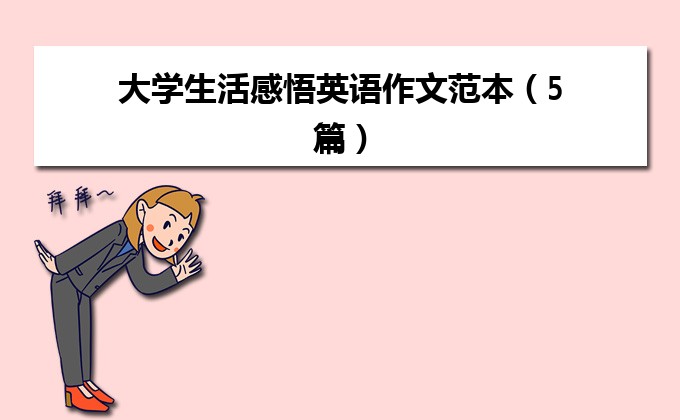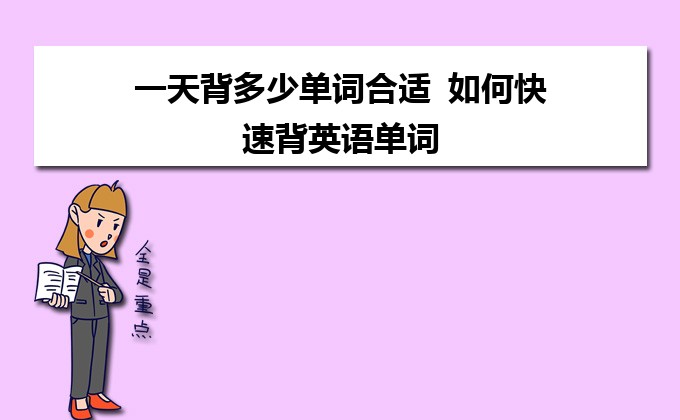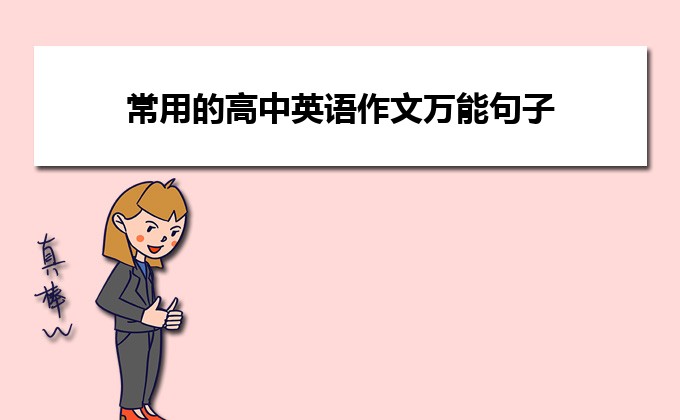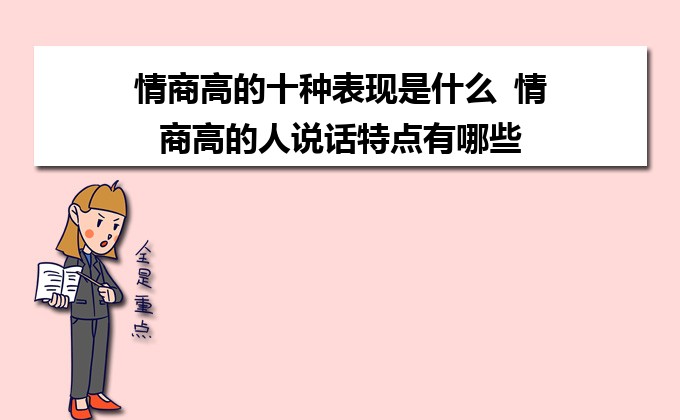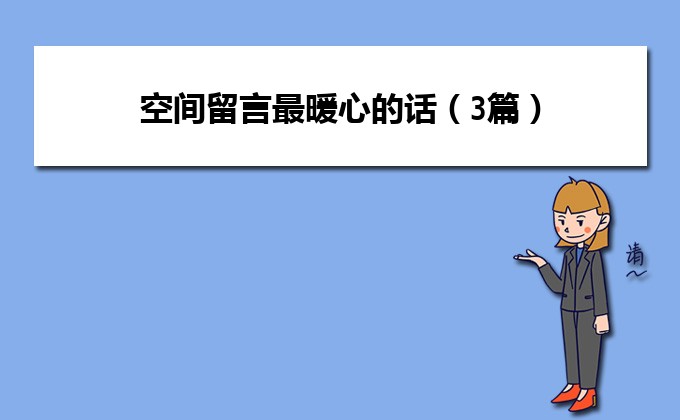什么是be动词
be动词的含义
1 是(表状态)
2, 在(表存在,位置)
主词+be动词
一般来说be动词要根据主词的人称来选择。(如下表)
be动词的否定
含be动词(am, is, are)的肯定句在be动词后面加not,即可变成否定句时。
格式:
肯定句:主词 + am/is/are +.......
否定句:主词 + am/is/are + not+.......
be动词可以跟not缩写在一起
is not =isn't
are not = aren't
be动词的疑问句
在谓语是be动词的句子中,将be动词移到主词前,句尾加问号,即可构成疑问句
格式:
肯定句:主词 + am/is/are +.......
疑问句:Am/Is/Are +主词 +.......?
be动词开头的一般疑问句,可用Yes或No回答,而答句中的主词需要用代名词(I she he they we 等)代替
格式:
肯定回答:Yes,主词 + am/are/is.
否定回答:No, 主词 + am/are/is + not
be动词用法有哪些
be (be/is/are/am/was/were)
[bi:]
vi
he is, we are, you are, they are (缩略式 I'm, you're, he's, we're, you're, they're), (否定缩略式 I'm not, isn't, aren't), 过去时 I was, you were, he was, we were, you were, they were (过去时否定缩略式 wasn't, weren't),过去分词been,现在分词being
英语的“be”是个特殊动词;有些语言,如马来文等,并没有“be”这样的动词。
“Be”除了原形的“be”之外,还有另外七种形式:am, is, are, been, being, was, were.
在句子中,“be”可以是主动词(The Principal Verb)或助动词(The Auxiliary Verb)

